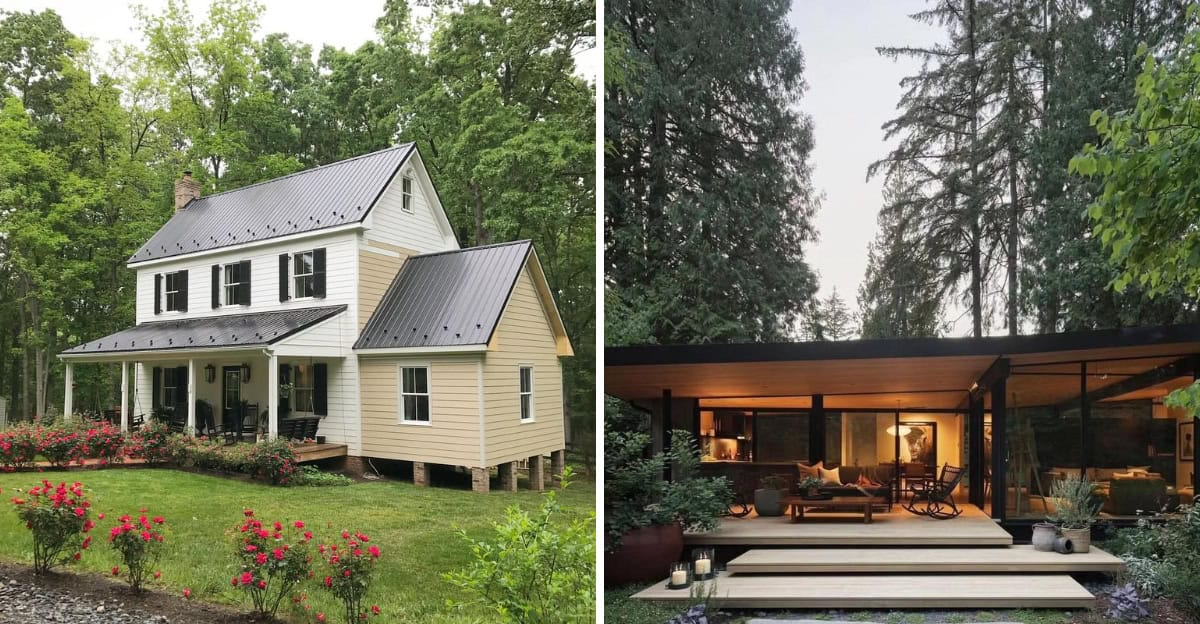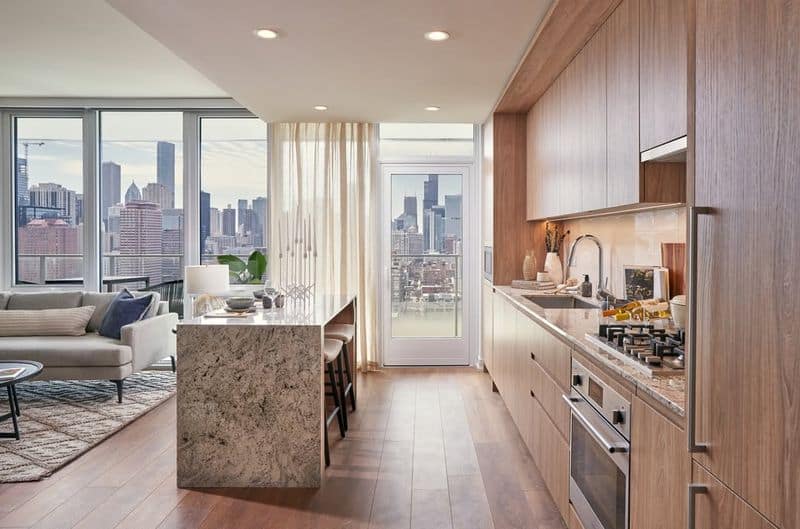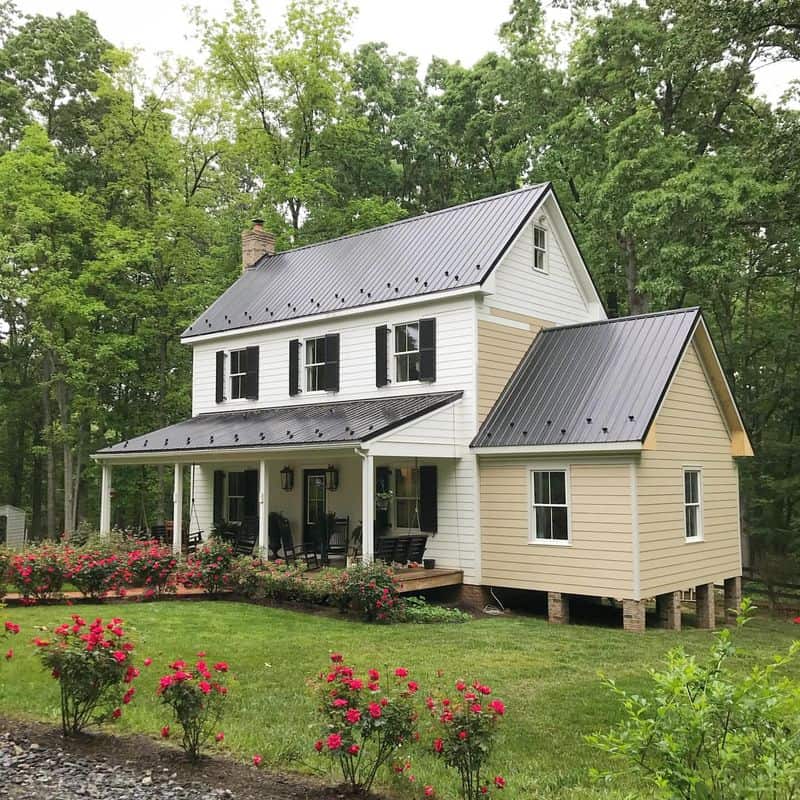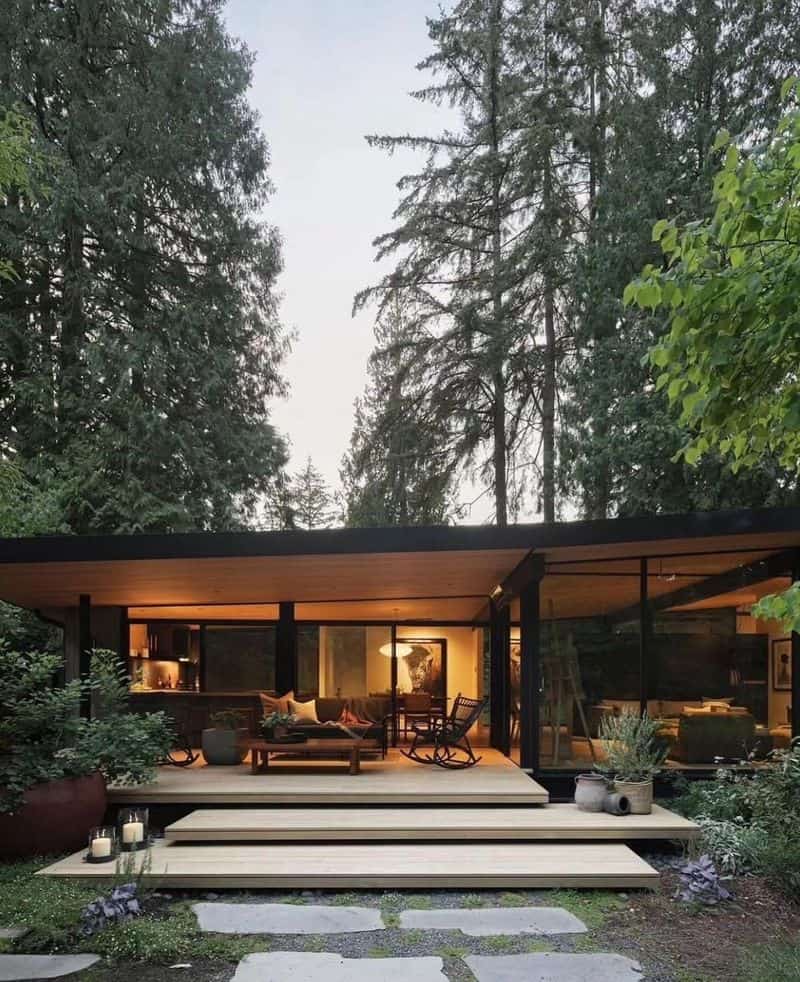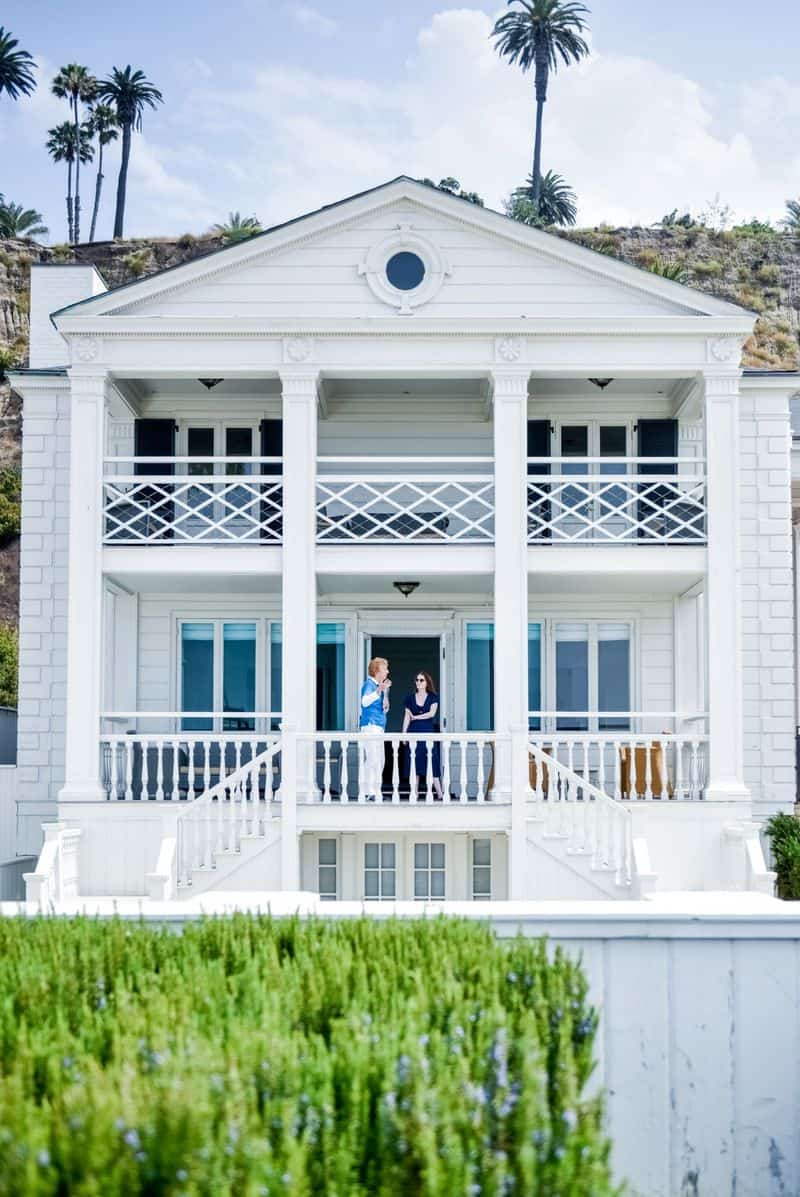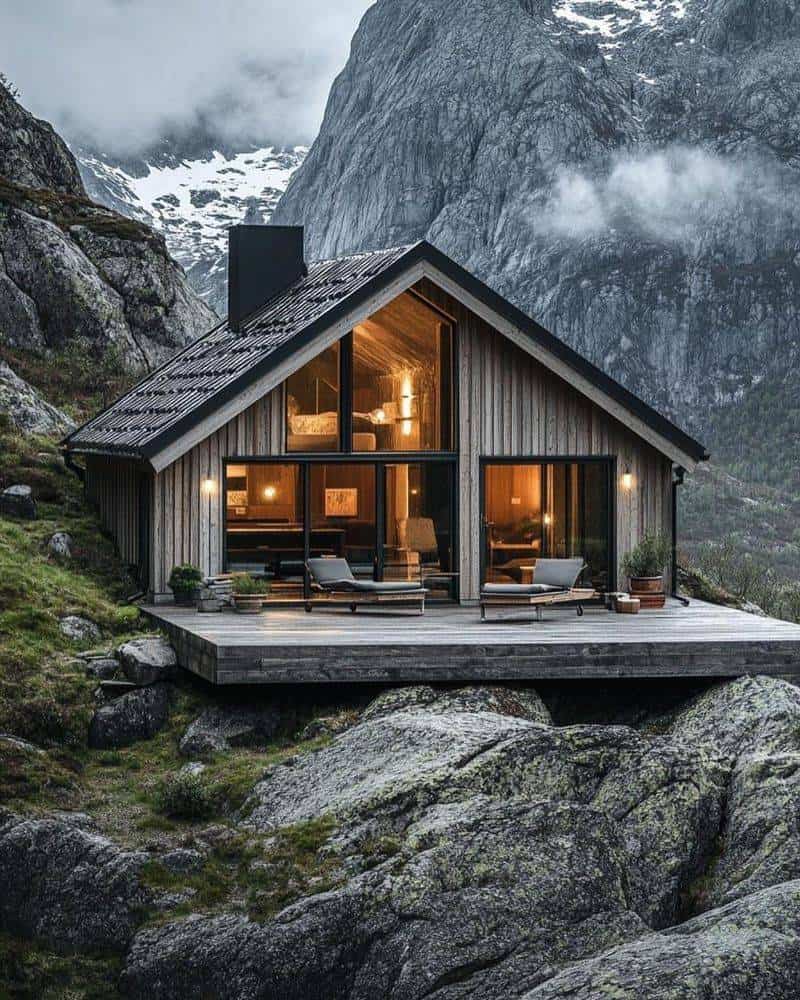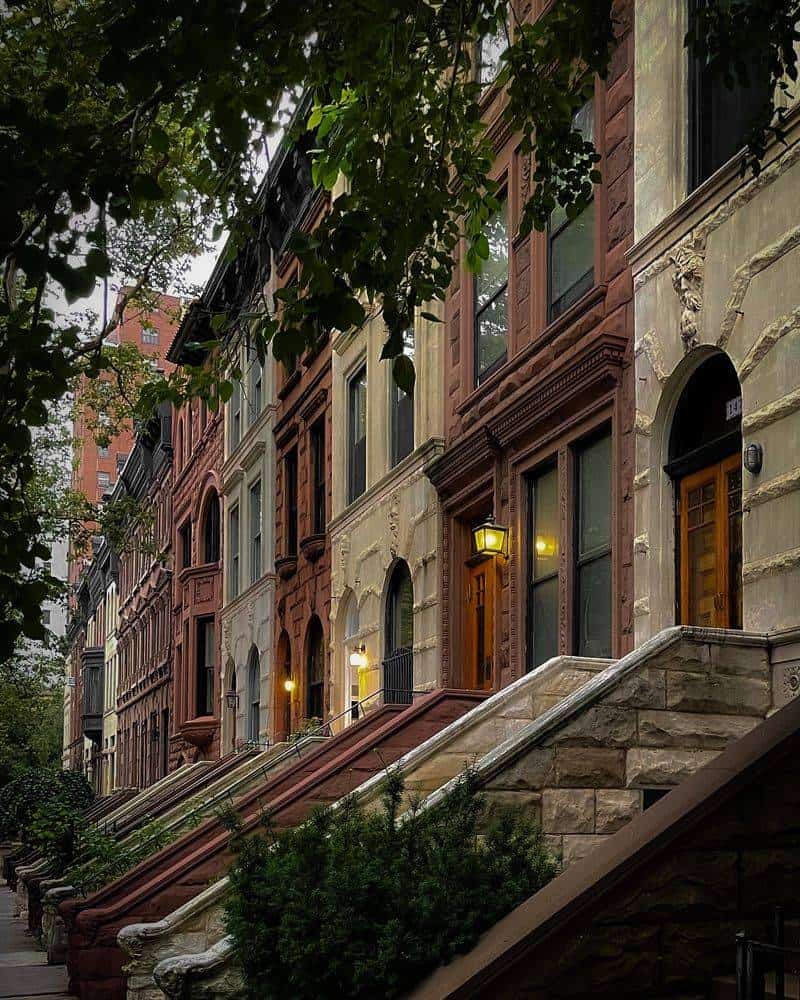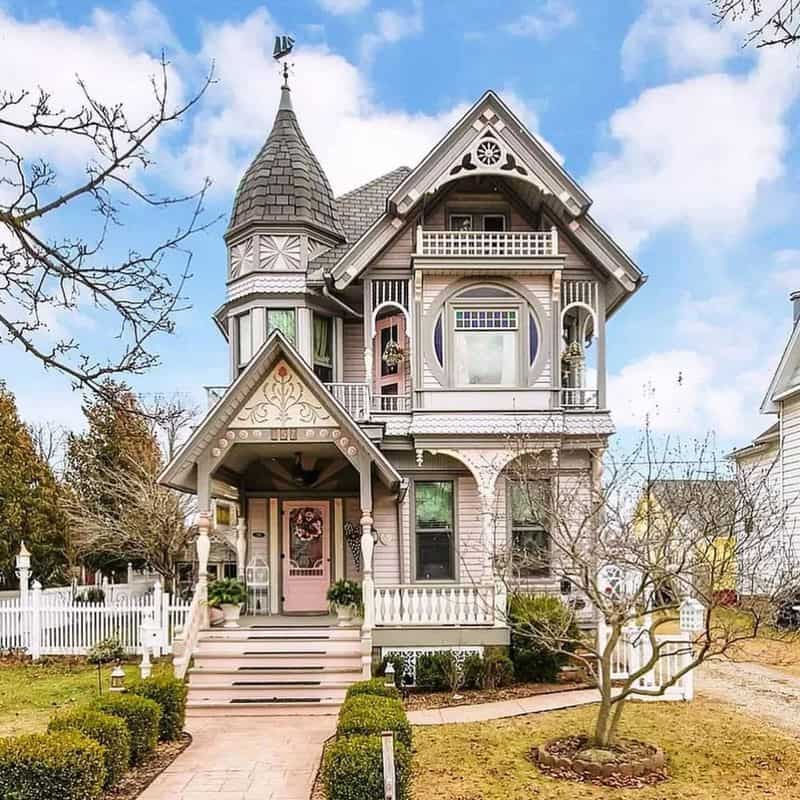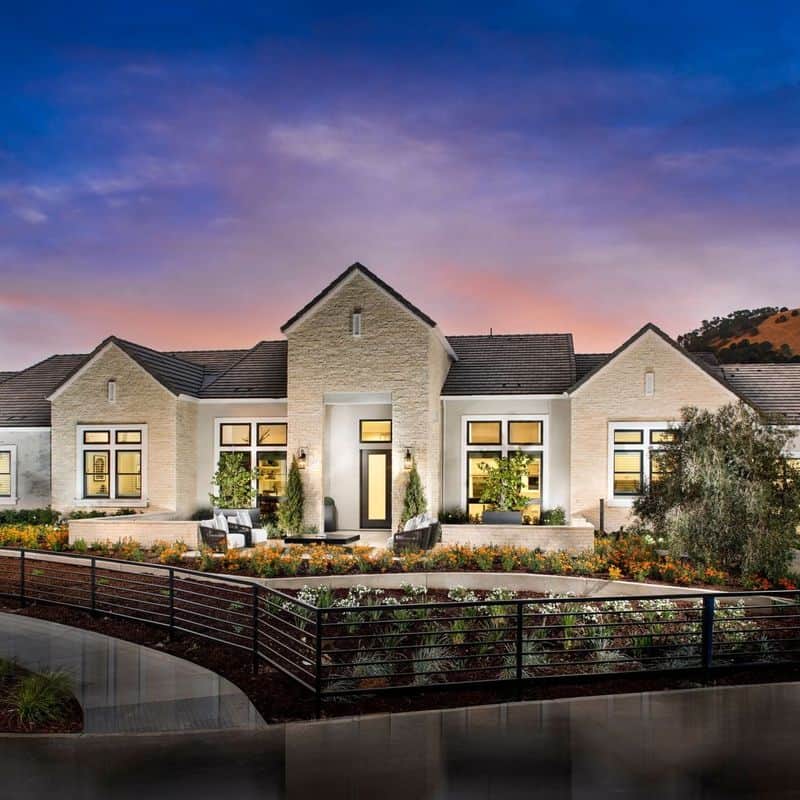Home prices have undergone a dramatic transformation since the 1950s. In this blog post, we explore ten fascinating comparisons that highlight just how much has changed over the decades.
From quaint suburban homes to bustling city apartments, the landscape of real estate has shifted in ways you might not expect.
Grab a cup of coffee, sit back, and enjoy this lighthearted exploration of the housing market evolution.
1. The Quaint Suburban Dream
In the 1950s, the suburban dream was epitomized by cozy two-bedroom houses with white picket fences.
Fast forward to today, and that same dream now boasts expansive four-bedroom homes with manicured lawns and garages.
While the notion of suburbia remains, the size, style, and price tag have evolved dramatically. Back then, $10,000 could secure a charming abode. Today, prepare to part with over $300,000.
This shift reflects more than just inflation; it’s a testament to changing lifestyles and expectations. Despite the hefty price increase, the allure of suburban living remains as enticing as ever.
2. City Apartments: Then vs. Now
City living in the 1950s often meant small, compact apartments with basic amenities. These spaces were humble yet functional.
Fast forward to the present, and city apartments have transformed into lofts with sleek designs and floor-to-ceiling windows.
Prices, too, have skyrocketed, with rent soaring from $100 a month to well over $2,000.
This comparison highlights the urbanization trend and the increasing demand for city life. Though the cost has surged, the allure of living amid the vibrant city buzz is undeniable.
The trade-off? A heavier rent check!
3. From Farmhouse to Chic Abode
Farmhouses in the 50s were rustic, functional, and affordable, often surrounded by acres of land.
Today, these same structures have been transformed into chic abodes, embracing country charm with modern amenities. The price jump is staggering – from $15,000 to upwards of $500,000.
This change reflects the shift in perception of country living, now seen as a luxury rather than a necessity.
While the essence of farmhouse living remains, the cost highlights a broader trend in the commodification of rustic elegance. A farmhouse now promises style at a premium.
4. Mid-Century Modern Marvels
The 1950s introduced sleek, minimalist mid-century modern homes. These architectural beauties, once modestly priced, have seen their value soar.
From $20,000, these homes now fetch over $600,000, driven by a resurgence in appreciation for mid-century design.
The appeal of clean lines and functional design has endured, but the price jump showcases the cyclical nature of design trends.
As new generations discover mid-century charm, these houses have become coveted pieces of architectural history, proving that some styles never go out of fashion.
5. Beachside Bliss: Then and Now
Back in the 50s, owning a beach house was a modest luxury, often characterized by simple wooden structures.
Fast forward, and a beachside property is synonymous with extravagant luxury, boasting expansive terraces and ocean views.
The humble $20,000 beach house has transformed into a multi-million dollar investment.
This shift underscores the growing value of proximity to nature as city life becomes increasingly hectic.
While the tranquility of the ocean remains unchanged, the price reflects a different story, one of exclusivity and unparalleled opulence.
6. Mountain Retreats: Price Hikes
In the 1950s, mountain cabins were cozy retreats, built for minimal cost with a warm stone fireplace as the focal point.
Today, they’ve evolved into luxury lodges, offering panoramic views and high-end finishes. The price? From a modest $10,000 to a staggering $700,000.
This transformation highlights our increasing desire for escapism and connection with nature.
While the fundamental attraction of mountain getaways persists, the modern iteration comes with a hefty price tag, appealing to those seeking solitude without sacrificing comfort.
7. Urban Brownstones: A Pricey Affair
Brownstones in the 50s were quintessential urban homes, known for their stately brick facades. Back then, these could be acquired for $25,000.
Today, they’re a symbol of luxury, with prices soaring to $1 million or more.
This drastic price hike reflects the demand for historical architecture combined with modern luxury.
While the charm of brownstones remains, their value has been amplified by the desire for unique, character-filled urban spaces.
Owning a brownstone now offers not just a home, but a statement of elegance.
8. The Rise of Skyscraper Living
Skyscraper living was once a novelty, with the 1950s high-rises offering simple, modest apartments.
Modern skyscrapers, however, epitomize luxury, complete with glass facades and rooftop amenities. This evolution has seen prices soar from $50,000 to over $2 million for a unit.
The change reflects the shift in urban dwelling preferences towards vertical living.
While the view remains a constant allure, the modern skyscraper offers a lifestyle of exclusivity and convenience, at a steep cost that matches the heights of the buildings themselves.
9. Victorian Homes: Value Evolution
Victorian homes have always been prized for their ornate architecture. In the 50s, they could be purchased for around $30,000.
Today, a restored Victorian mansion might cost upwards of $800,000, driven by their enduring charm and historical significance.
This surge in value reflects a broader appreciation for architectural history and craftsmanship.
The allure of Victorian homes lies in their unique character, making them a coveted piece of real estate for those who value historical elegance, albeit at a much higher price.
10. The Transformation of Ranch-Style Homes
Ranch-style homes were the epitome of 1950s convenience, featuring open floor plans and affordability.
Fast forward to today, and these homes have been reimagined with modern finishes and spacious designs. The price? From $18,000 to over $400,000.
This transformation highlights the enduring popularity of the ranch-style layout, adapted to suit contemporary tastes.
While the simplicity of the design remains, the modern iteration demands a significantly higher investment, reflecting the changing expectations of homeowners.

